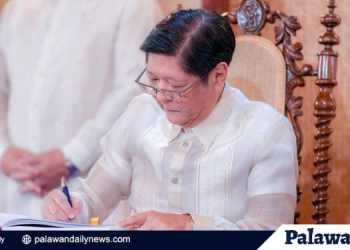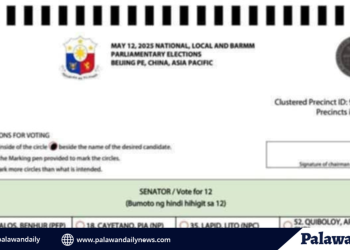Malacañang on Tuesday confirmed that the ₱60 billion in unutilized funds once stripped from the Philippine Health Insurance Corporation will be restored. The announcement comes after mounting pressure on the government to safeguard the country’s fragile healthcare system.
“The DBM is working with Congress and the Executive Branch to ensure that the ₱60 billion will be reallocated to PhilHealth through the 2026 budget, in line with the President’s directive,” the Department of Budget and Management said in a statement issued September 30.
The agency stressed, “This is the clearest and most transparent way to strengthen the National Health Insurance Program and directly benefit Filipinos.” A special budget provision may also be included, the DBM noted, to define the exact use of the money and prevent it from being diverted.
The ₱60 billion was initially remitted to the national treasury under the 2024 General Appropriations Act, effectively stripping PhilHealth of excess funds that could have bolstered services. The Department of Finance has since conceded that restoration of the money is vital, particularly to sustain the zero-balance billing program, the government’s promise that patients will not be charged out-of-pocket expenses in public hospitals. President Ferdinand Marcos Jr. earlier ordered that the funds be returned, underscoring that healthcare financing is not just another budget line but a lifeline for ordinary Filipinos.
For years, PhilHealth has faced scrutiny including corruption scandals, delayed claims to hospitals, and questions over its ability to manage resources effectively. Yet despite those controversies, the insurance agency remains the backbone of the country’s health safety net. Every peso withdrawn or delayed directly affects access to care: the pregnant mother in a rural barangay, the senior citizen relying on dialysis, the child rushed to an emergency ward after an accident. The ₱60 billion is not abstract. It is medicine, beds, and treatment for millions who cannot afford them.
The DBM’s pledge reflects the administration’s attempt to project fiscal responsibility while responding to public frustration over healthcare gaps. By tying the reallocation to the 2026 budget, the government signals both its commitment and the bureaucracy’s slow-moving machinery, one that critics warn could cost lives in the meantime. The President’s order to return the funds also positions him against a backdrop of past administrations that either mishandled PhilHealth or failed to shield it from financial leakage. Now the restoration is not just about compliance with a directive but about proving whether the government can deliver on its promise of universal healthcare.
The DBM has cast the move as “the most transparent way” forward. Yet transparency is not the only demand. Speed and accountability are just as urgent. Because while billions sit in ledgers and budget hearings, patients wait in underfunded wards, hoping the system they pay into will not fail them when it matters most.
₱60 billion was taken. ₱60 billion is promised back. According to the Department of Finance, the restoration of the funds will allow PhilHealth to meet its obligations under the zero-balance billing program, ensuring that patients in public hospitals are not charged additional costs. The Department of Budget and Management said a special provision in the 2026 budget may further define how the money will be spent, as the government moves to reinforce the country’s National Health Insurance Program.























